Photographer and filmmaker Matt Gunther‘s longterm project, “Probable Cause,” a visual story of the Newark police and the people they protect, was recently co-published by Schilt and Magical Thinking, a not-for-profit publishing and educational initiative founded by Joshua Lutz and Tara Cronin. Gunther chose to shoot the series on film using a large-format camera. “The old city deserved the depth, and study of what a large format camera brings,” Gunther says. He recently explained the inspiration and execution of the project in an email interview with PDN.
PDN: What inspired the project?
Matt Gunther: Weegee, Sidney Lumet, Phillip Lorca De Corcia, Garry Winogrand, Joel Sternfield, [William] Eggleston, and Walker Evans were huge inspirations. Many of my prior projects highlight similar themes of culture and class, such as the Prizefighters, Native Americans, and the Black Cowboys in Watts.
In some respect, my focus on these themes stems from personal regret. Growing up in a violent environment (both my family and neighborhood) in the late ’80s in New York City, I was not able to, or too scared to, show my artistic side.
PDN: Did the project grow from an assignment?
None of my projects have stemmed from assignments, but the projects have spun into assignments. I guess the photo gods want me to pay first.
PDN: How did you end up with Newark as the location? How did you get the access?
MG: I was driving an ex-girlfriend to the airport and got lost in downtown Newark. I instantly fell in love with this laid-back, old city just 30 minutes away from Manhattan.
I spent two months traveling to Newark trying to figure out how I was going to photograph this place. There seemed to be a lot of cops and liquor stores. I got a name of someone who worked for the Newark police department and wrote a proposal. I was denied six times before I was given access. Once I was in, I was part of the team.
PDN: You’ve been working on this for ten years?
MG: Yeah. Throughout those years, I was working as a commercial photographer traveling the world and would always come back to Newark. A week here, a month there. It adds up.
PDN: What was your editing process?
MG: [I worked with] over three hundred prints on a wall or sometimes the floor, making groups of images. It became easier after I had a title, which came from one of my images (the writing on a blackboard at the precinct, also the back cover of my book).
PDN: Missing are photos of injuries, violence, guns, drugs; it’s not overly sensationalized, like some photo stories about cops can be.
MG: It was never a book about just cops; it’s about a sense of place. Cops were my entrance into this unknown world. I wanted to capture a world that is both exotic and unknown, and simultaneously capture the similarities between the people who dismantle and enforce the supposed peace. Here are people in the flesh, pushing up against each other, trying to survive.
PDN: So do you have a specific message or point-of-view you want the to get across?
MG: I’ve spent a lot of time grappling with these questions: What is a photographer’s responsibility? Do I have a moral responsibility? Do I want to show that America is a violent, lawless place? How do these men and women keep the peace? Can this tenuous balance work? In my experience, [the police] succeed and fail. Thus, I stepped back, watched them the work, and snapped my camera.
The aesthetics of photography ultimately played a greater role than these complex questions. What struck me most about the images was not the whys and whats of the scene, but the feel, the colors, the scents, the slant of the light.
I love Winston Churchill’s quote: “We shape our buildings, then they shape us.”
PDN: The cover image and the last page in the book kind of remind me of Joshua Lutz’s Meadowlands, which is interesting as Magical Thinking helped publish your book.
MG: I loved Meadowlands. I was well into the fifth year of working on Probable Cause when Meadowlands came out. Meadowlands was a guide to push my project to go the last nine yards for publication. At the time I was an established editorial/advertising photographer but wanted and needed to share my fundamentals, which was documentary photography.
Six years ago I called Josh out of the blue, to ask if I could sit in on a class he was teaching at ICP. He thought I was crazy but he was honored. We’ve been friends since.
I thought Magical Thinking would be a fine choice to help publish Probable Cause. Josh was instrumental with the edit of my book…as well as Charles Traub at the School of Visual Arts.
PDN: Anything else I’m missing or should make sure to note?
MG: The way the project resounds today with so much tension around race, class, and police-civilian dynamics raises even more questions about intentions, conclusions, and ethics. The work’s relevance can shift according to one’s perspective and personal politics.
For more about Gunther’s book, Probably Cause, or his other projects and assignment work, please visit his website or on Instagram. Gunther will be discussing his work this evening at the School of Visual Arts as part of their i3 Images, Ideas, Inspiration lecture series.
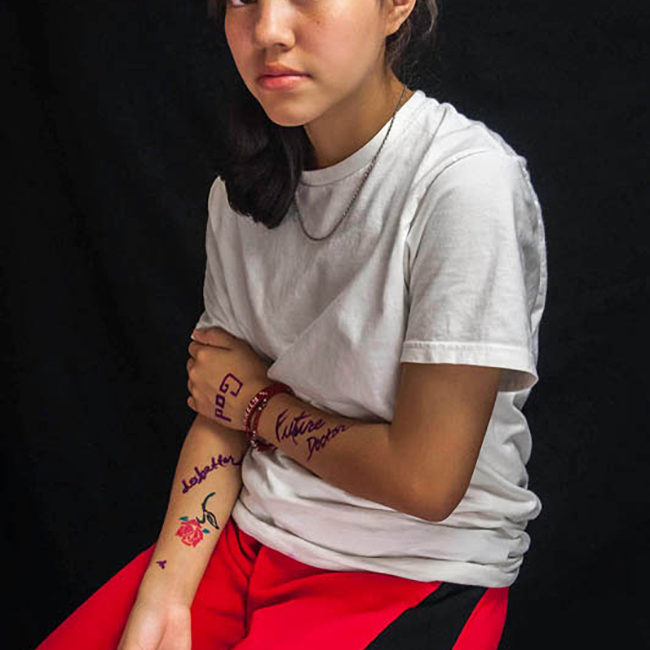
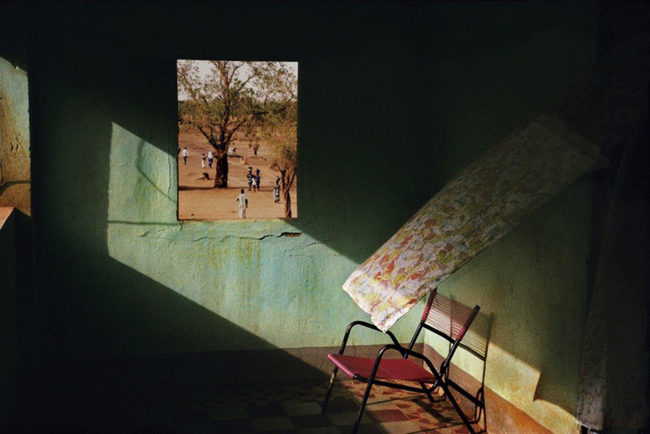



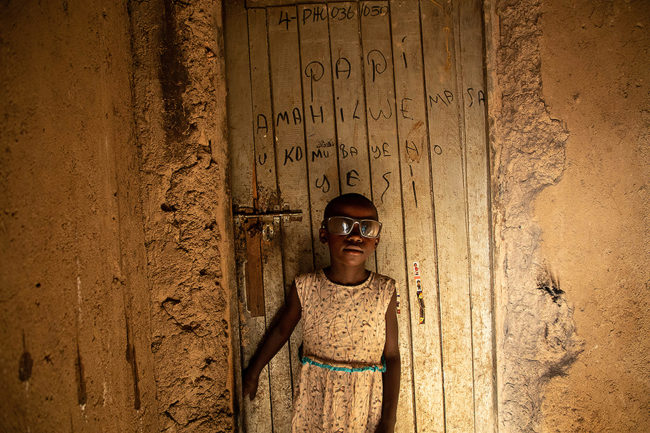
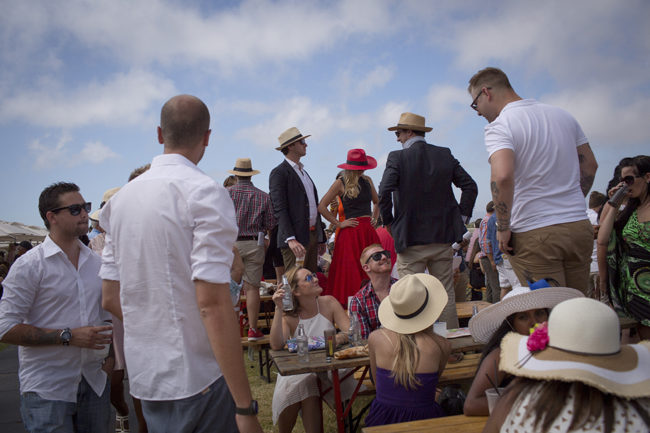

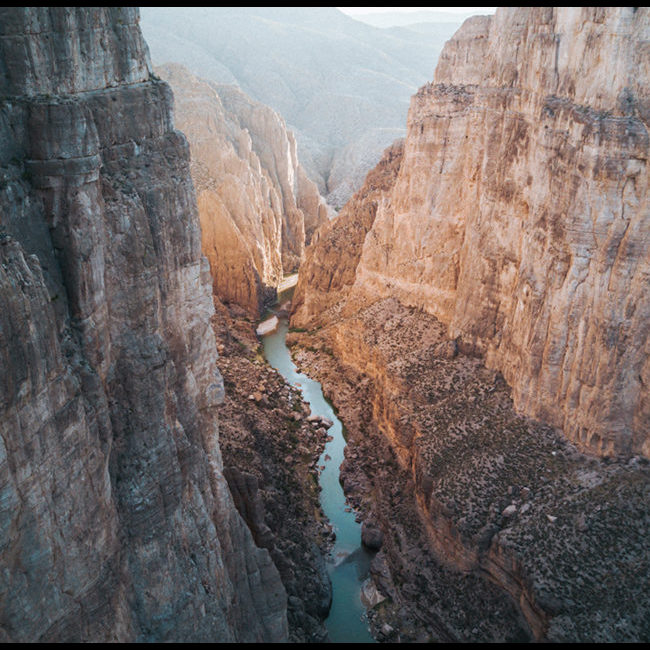
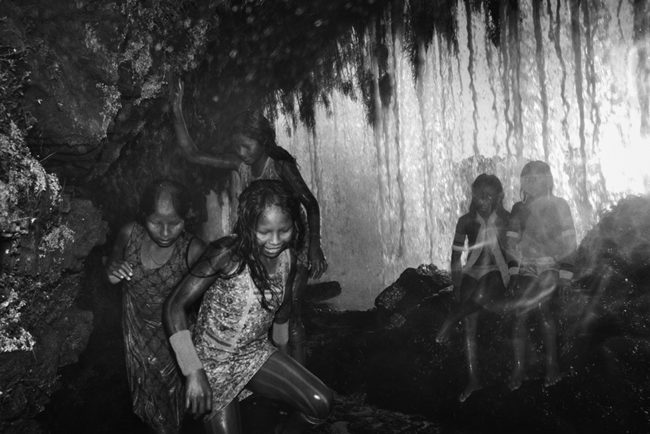
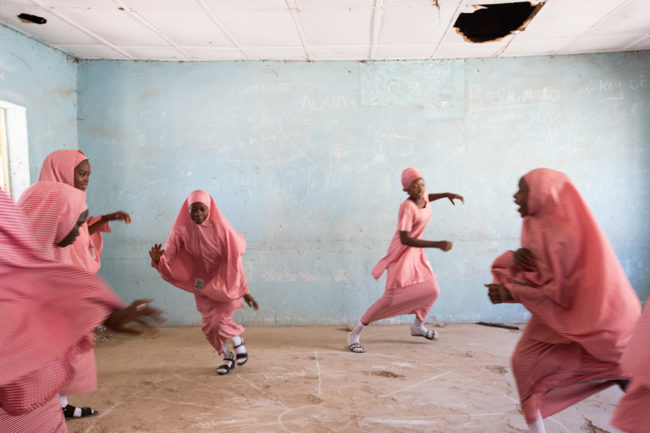
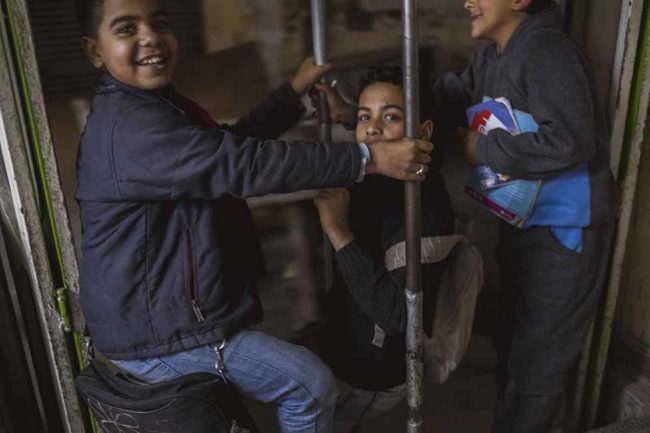
I have been thinking about getting a large format camera. I think this image just sold me. Great work!